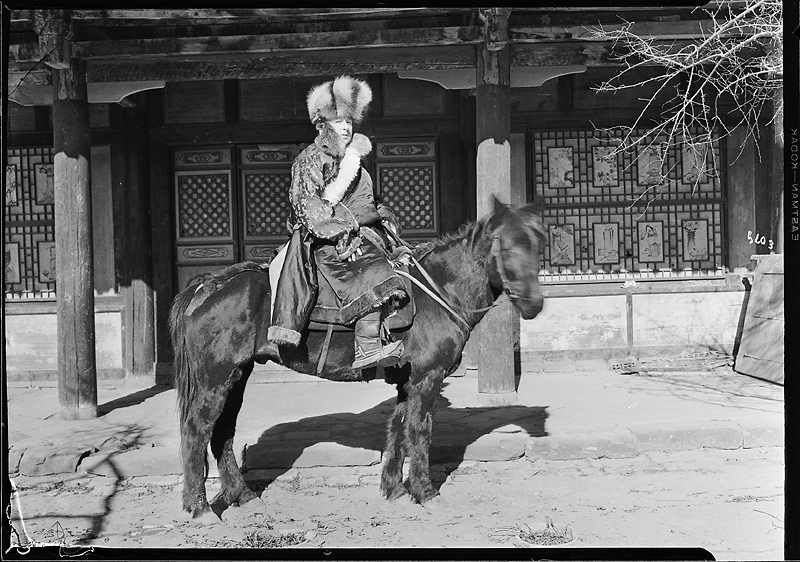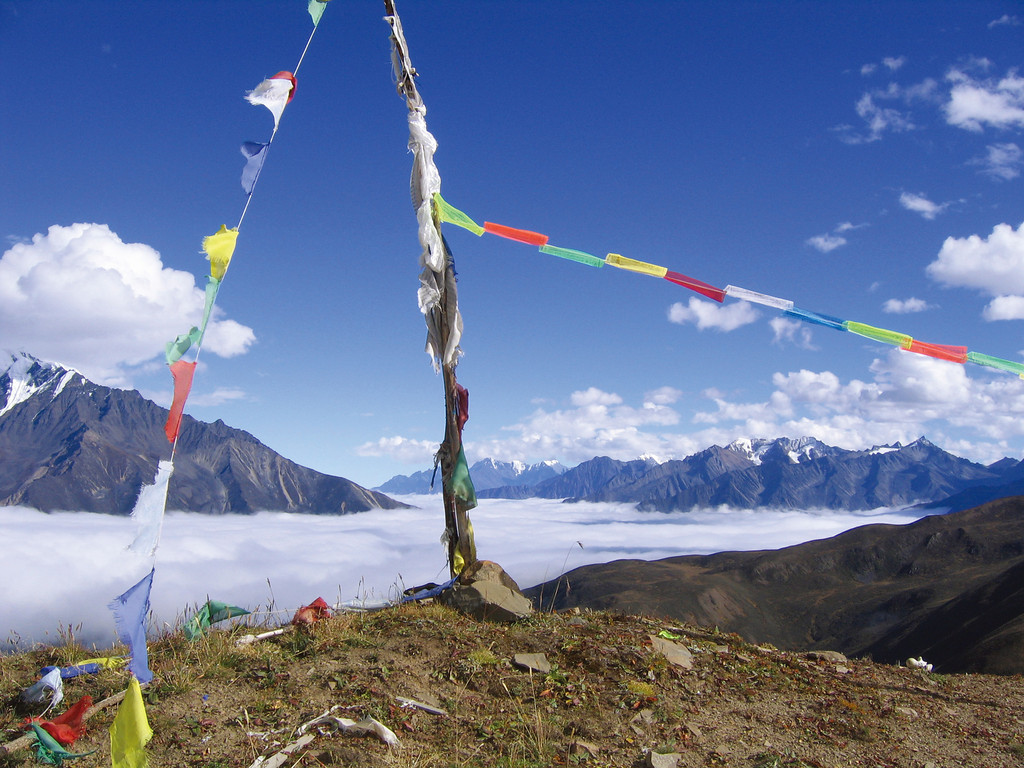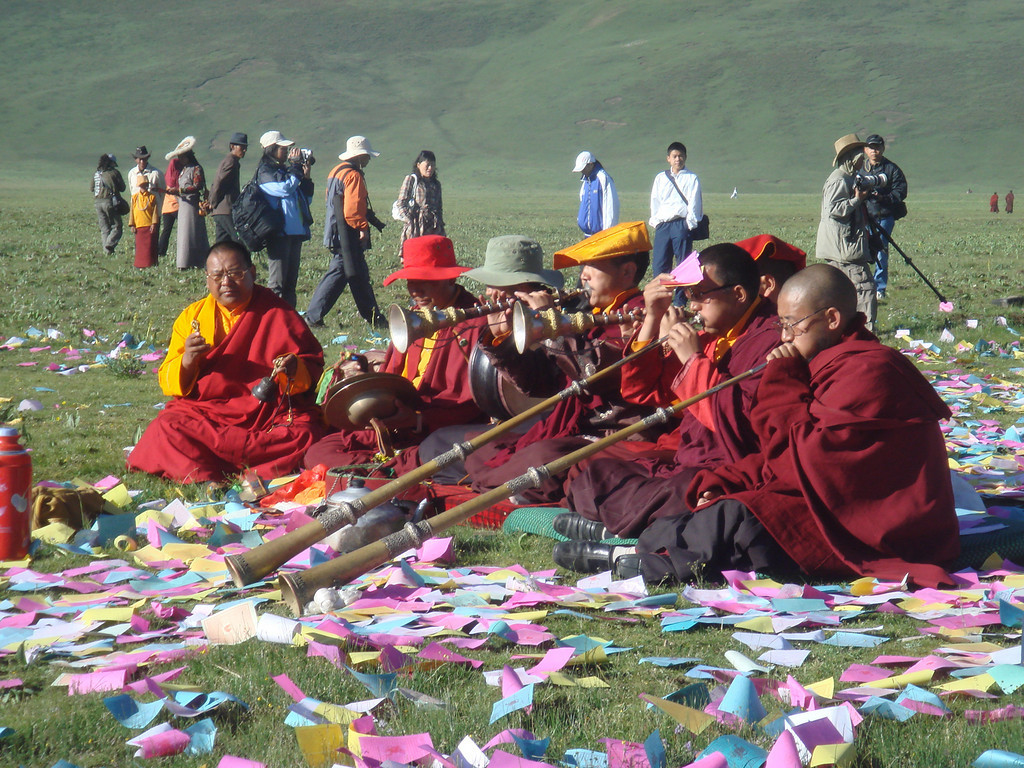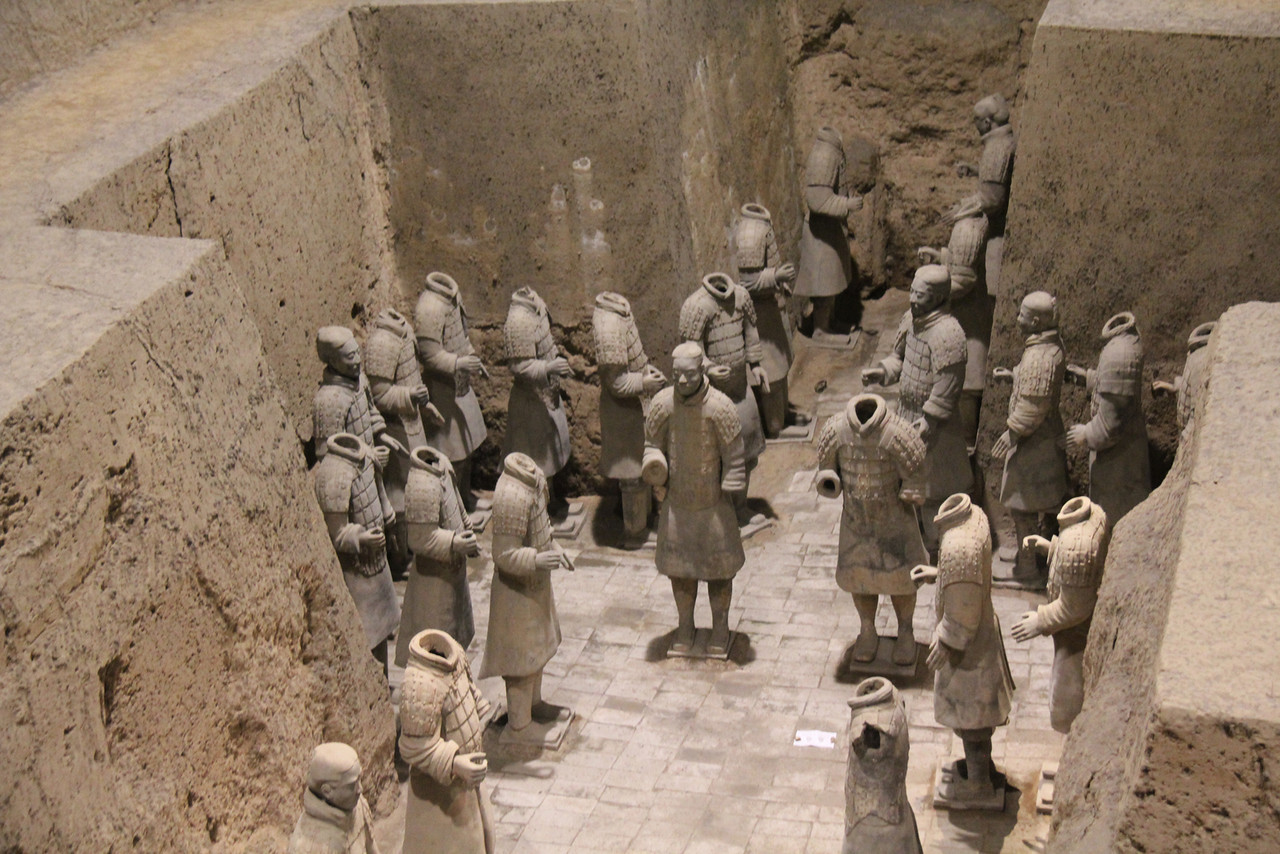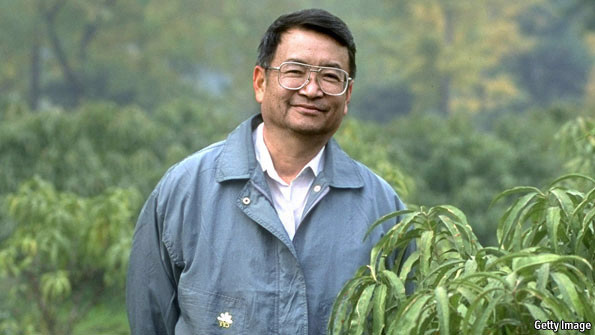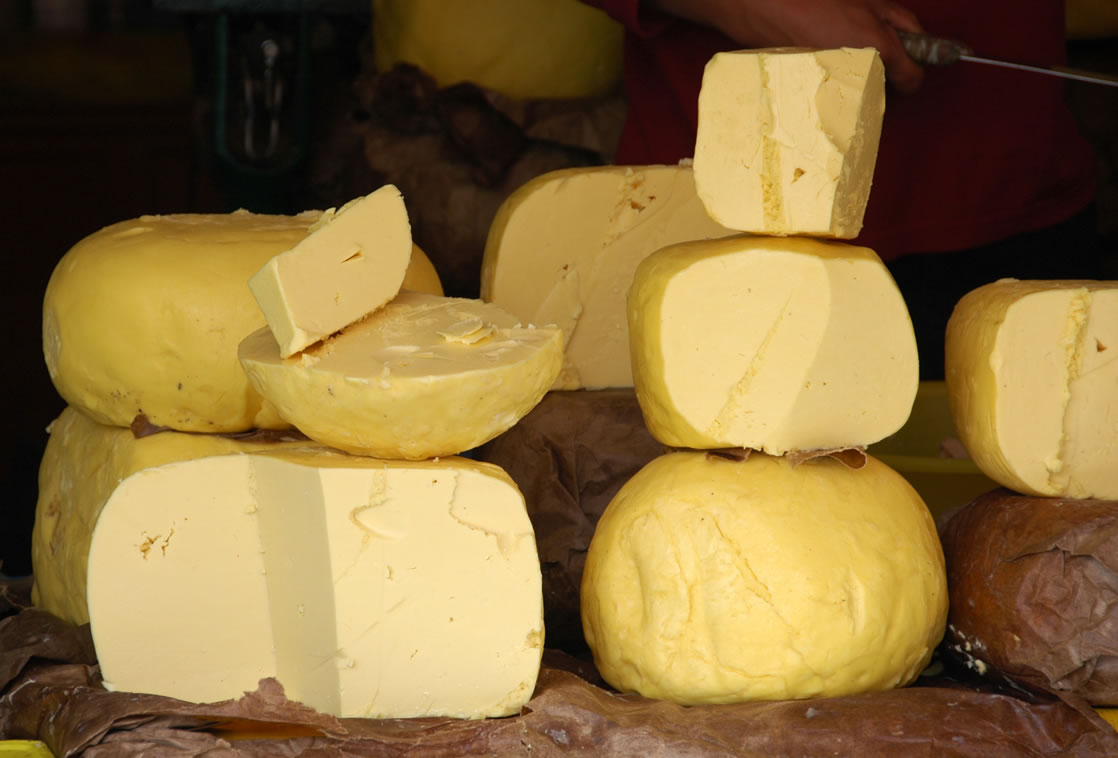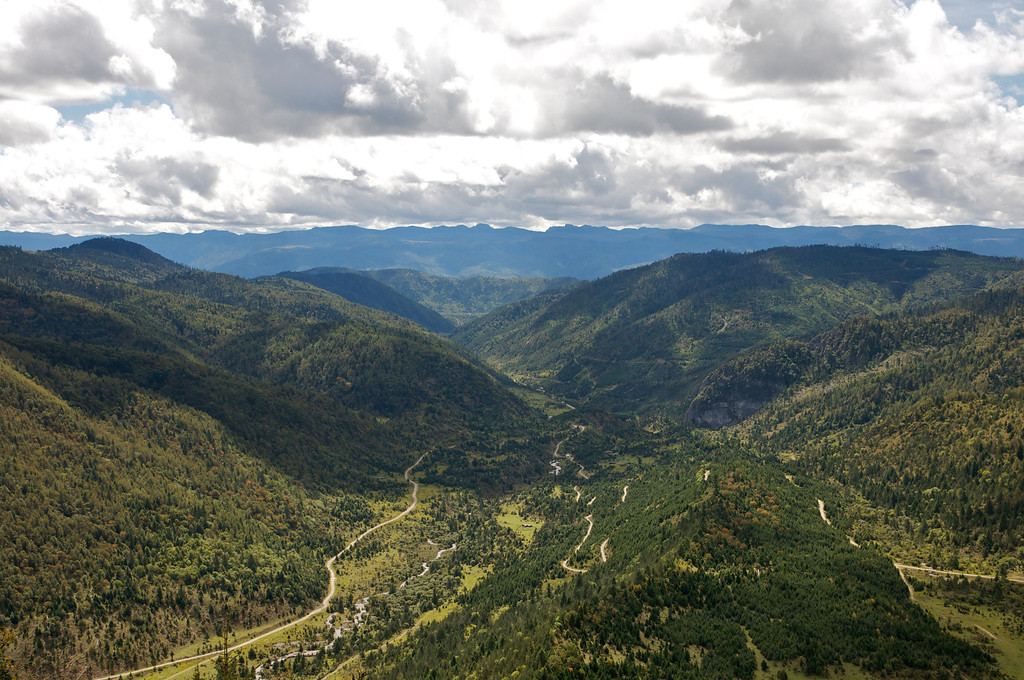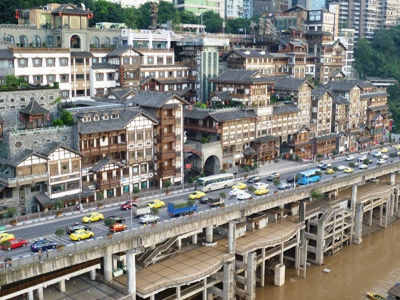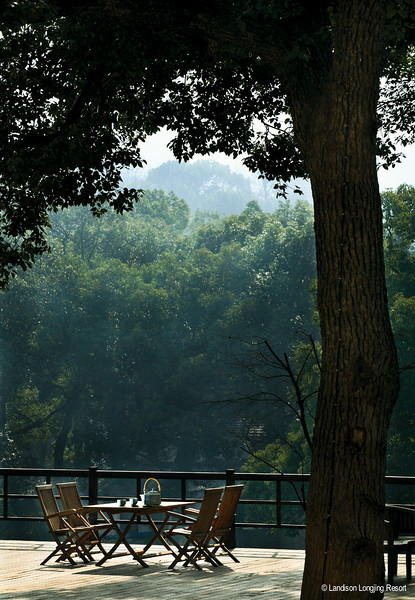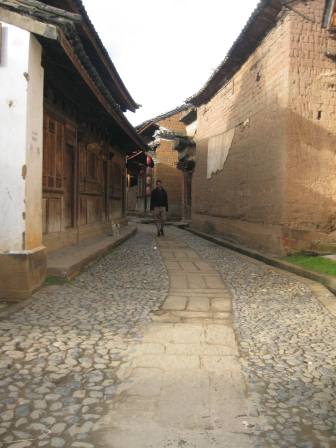I didn’t know what to expect at Mr. Liang Congjie’s memorial service, or specifically, how to dress for it. In any event, I put on a full black outfit, a bit on the formal side and found my way through the neighborhood in northern Beijing. There were no Porche or BMWs lining the narrow alleyway, the building was simple – Beijing Science Activity Center. Once inside, a few young volunteers greeted me. They are the typical volunteers of Friends of Nature, college graduates, and passionate environmentalists. The whole low-key nature was just perfectly fitting to see off Mr. Liang Congjie.
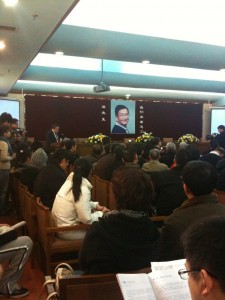
The surprise came inside the memorial hall.
First of all, there were many more older people than I ever expected. Secondly, people were wearing their daily outfits – quite a few women were in their brightly colored cotton coats (–棉袄), a typical winter outfit for northerners from the country side. Somehow, that surprised me because environmentalists in China are such a niche group of people that people usually associate them with the active college grads whose lives are not inundated with the needs of a car, house, kids, etc., and sometimes, idealistic intellectuals who still continue to dream into their old ages. I had no idea that Liang’s grassroots movement was truly grassroots based. These are common Chinese you see everywhere – no formalities of dressing for the occasion.
Then one of these old ladies spoke up. “I am from Xinxiang, Henan.” From the moment she spoke, she started to cry. She recounted how Liang helped her to start grassroot organization to protect the environment in her village, and how Liang coached her on how to speak with government officials, how to motivate her followers. (Now, her organization had more than 10,000 members.) As she talked, she became more emotional, by the end, she was practically wailing, with many in the audience were crying silently as well. I used to see this kind of wailing at funerals for relatives in the countryside, but wasn’t a bit surprised here. It simply seemed the right way to say goodbye to such a leader.
More than 300 people were there, who had come on their own – many by buses, by taxies – but the goal was the same. They were here to celebrate Liang’s life and find a sense of camaraderie among us all. Liang is the last of three famous Liang men important to modern Chinese history. Liang’s Grandfather was Liang Qichao – the one who attempted to assist the emperor in setting up a modern democracy in the 19th century, and Liang’s father was Liang Sicheng – the founding father of Chinese architecture and also the one who fought against the demolition of Beijing’s old city wall in the 1950s. Liang himself was the one who fought to protect Yunnan Snub-nosed monkeys, Tibetan antelopes, and the environment. All three of them fought in losing battles, but all three believed that the losing battles were worth fighting as they woke up the nation, woke up the people.
There were many people wanting to speak at his memorial, so I didn’t want to fight for stage time, as my personal interaction with Liang was fairly limited. But, I think it’s important to share what kind of a person he was.
I first met him in late in 1999. A few of my conservation friends wanted to take me to meet him, so I did. His office was humble and simple, and so was him home, but somehow, seeing him in his home was simply inspiring – reminding people once again that you really don’t need all the fancy stuff in life, but focusing on doing something meaningful is more important.
Soon I married an American journalist, and I wanted him to meet Liang and his wife. So, we invited them to my house for dinner. My husband was cooking and he was fretting over the fact the cucumber that day wasn’t that good. Liang arrived, my husband and I were both a bit formal as he was a very well respected and well known scholar so we didn’t know how to treat him appropriately. Casually, Liang strolled into our kitchen, picked up a piece of cucumber and took a bite. My husband looked at him sort of nervously and asked, “how is it?”. Liang simply said, “不好吃” (“not good”). Then we all laughed. That broke the ice. He was straightforward, and immediately, we were talking like old friends.
Then, my dear husband’s roasted whole chicken was ready. He cut off two drumsticks, and two pieces of breast meat, put them on separate plates to serve. To my horror, he served the guests the breast meat and reserved the drumsticks for himself and me! In China, drumsticks were the best part and always served to the guests! Liang looked at the plate and simply said, “美国女婿还没训练好.” (“American son-in-law still needs more training!”) That became the legend joke in my marriage. We went on to discuss many issues related to the environment and US/Chinese relations.
I guess the point of me sharing this is to say, Liang is such a personable man that he didn’t become a crusader environmentalist that turned people off, but instead, he brought these serious issues to our daily lives, made the issues accessible to everyone.
I took a cold shower Monday morning, because it takes about 10 minutes flushing out the cold water before the hot shower comes on. I wasn’t brave. I simply did one little thing to pay my respect to Mr. Liang Congjie.
